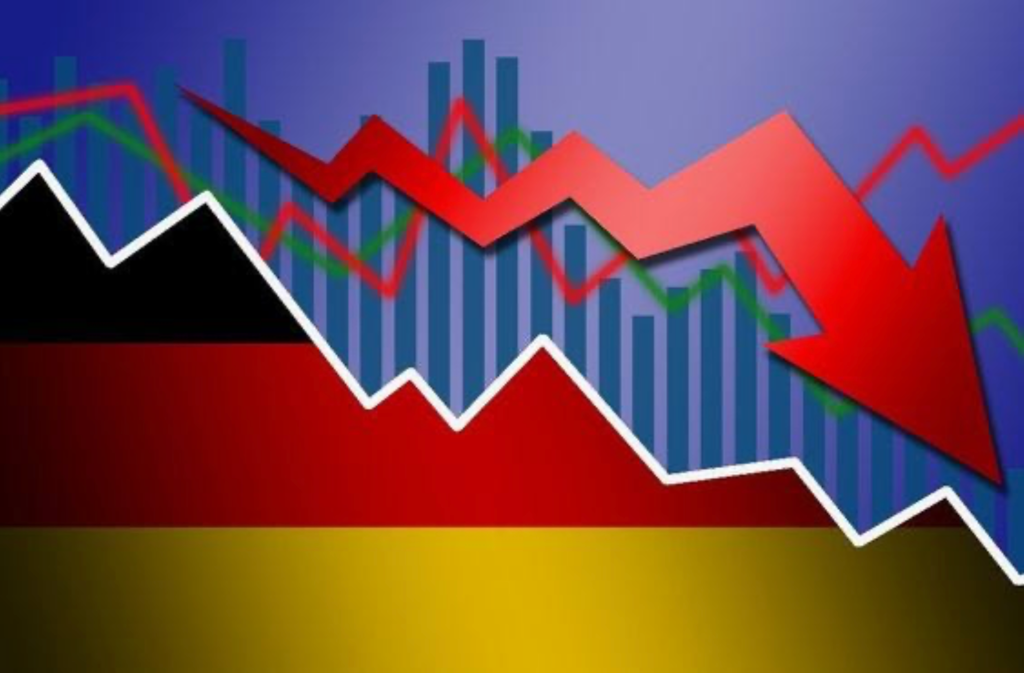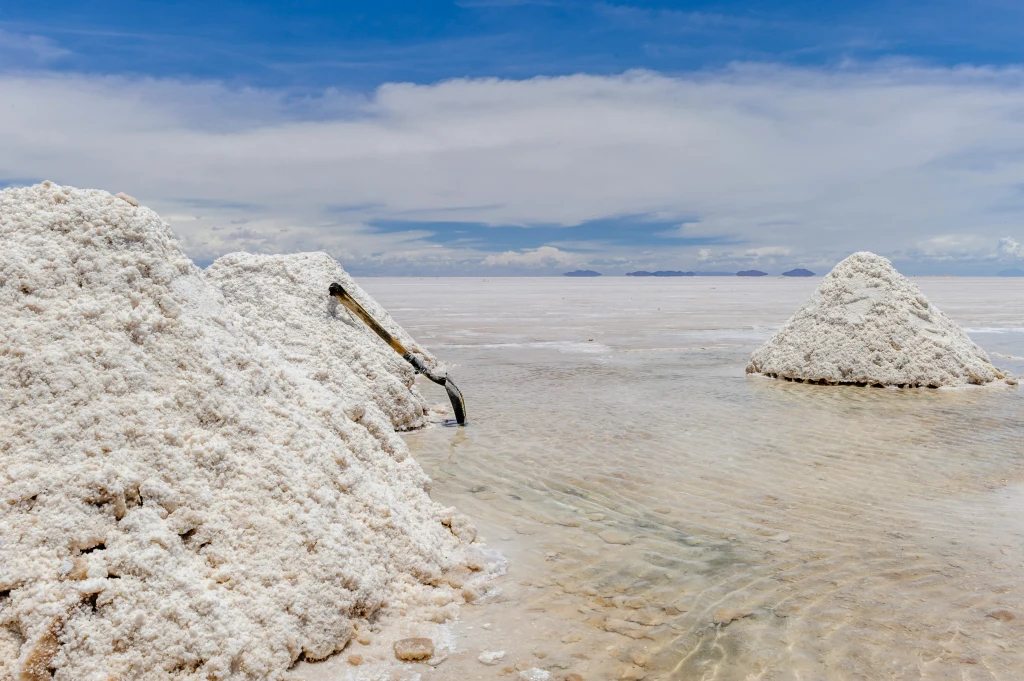Once the Mexican government’s crown jewel, Pemex now faces serious financial issues and nothing so far seems to alleviate its condition. What will be the fate of the oil giant?
By Rodrigo Camara Rowe
Owned by the Mexican government and standing as its largest tax contributor on all government levels, Pemex, short for Petróleos Mexicanos, is one of the largest petroleum companies in Latin America and quite possibly the most important one in Mexico. Such is the importance of this oil behemoth that Mexico’s social and economic development has been linked to the progress and growth of Pemex since its inception in 1938, when the government of President Lázaro Cárdenas nationalized the oil industry. Although Mexico has reaped countless benefits from the growth of its fully integrated oil industry, it is now suffering devastating consequences caused by an ongoing and escalating debt crisis. Precisely because of this increasingly unsustainable debt, which now amounts to over $110 billion dollars, Petróleos Mexicanos has been subject to scrutiny over the last couple of years. The Mexican government, long unresolved on the decision to either terminate the state monopoly in oil or to reinvigorate the oil giant, has yet to come through with a successful long term strategy. One must question, however, the nature of this debt trap and its reason to stay. Let’s look at the recent history of Pemex and its operations at present.
It is no exaggeration to link the growth of the Mexican economy to the development of Petróleos Mexicanos, especially in the latter half of the 20th century. Having accounted for 50% of its budget at one point, historically the federal government has had a strong dependence on profits from Pemex. One problem that originated from this strong dependency on oil sales was the lack of encouragement toward research and development. Instead of reinvesting in the company, the Mexican government kept absorbing all the profits, preventing innovation in exploration techniques and company infrastructure. Another problem was that the Mexican economy as a whole became too dependent on the oil industry, but success in the industry was undeniable. The rigs in the Cantarell supergiant in the Bay of Campeche were at one point the second largest oil field in the world. Production was skyrocketing, and it was through Pemex’s continuous growth that the federal budget kept swelling, thus allowing for greater public investment. The Mexican government, with the help of Pemex, managed to create something close to an economic miracle. This, unfortunately, was not meant to last.
In recent years, Pemex has lost considerable interest from investors due to rapidly decreasing profits, caused by declining output and falling crude prices. From 2004 to 2016, its profits had fallen over 30%, and this shook confidence internationally. So precarious was the company’s financial situation at this point that when it took on even more debt, the international markets and rating agencies were taken aback and suspected a serious long-term problem was beginning to show. The falling output combined with the insufficient growth of the Mexican economy and the crash in oil price (the world saw a 70% decline in oil prices between 2014 and 2016) arranged a series of events which led to deeper trouble for both the state and for its oil machine. President Enrique Peña Nieto’s goal to accelerate economic growth by eliminating the government’s dependency on oil and gas seemed increasingly unlikely. Nevertheless, the matter of abandoning this recovery enterprise and letting the state company fail was completely out of the question. With over 100,000 employees and another 100,000 former employees on its payroll, not to mention that it was one of the government’s biggest sources of revenue, Pemex was too big to fail.
Come 2018 and a new Mexican president is elected, Andrés Manuel López Obrador, a president who promises to be a “budget hawk” and one who will bring Pemex back to life. The financial logistics of such an ambition with the given restraints in the Mexican economy (weakening labor market along with foreign economic dependency) certainly made it a daunting task. President Andrés Manuel López Obrador has since appointed a new CEO, Octavio Romero, within the oil company, who has promised to reverse the 15-year fall in output and to finally put a stop to the bleeding wound long sustained by the government. Unfortunately, the results of such promises are yet to be seen. Financially, long-term debt has only grown larger for Pemex, from an uncomfortable $65 billion to a shocking $110 billion. Politically, the company seems to be redirecting an increasing amount of responsibility to the government, as seen by the undertaking of loan payments directly by the government and not by Pemex itself, the consequences of which can mean undoubtedly one thing: a wider fiscal deficit. Moreover, this fiscal deficit is expected to grow even larger, due to Pemex’s inability to raise enough debt by itself in the international markets to deal with financial shortcomings, leaving the federal government as their last resort. In this way, Pemex doesn’t seem to be of much help to the government, as more and more tax breaks and capital injections are being provided to keep it functioning. Government help, however, is not preventing the company from losing immense amounts of money, having reported a $23 billion loss in 2020, an almost 40% increase to that of 2019. The underlying problem prevails, now stronger than before, facing a new president, whose strategies don’t seem to be yielding any results as of yet.
Both Pemex and the Mexican government are presented with what is almost certainly the most difficult situation in all its history. The path forward is everything but clear and the fiscal policy being implemented in order to keep the company from failing is harmful but necessary. Many, however, are questioning when the government will say enough is enough. Having poured billions of dollars into the inefficient oil giant for years and received few if any results at all brings alarming uncertainty, and not without a valid reason. With a doubling of its debt in only 4 years, it’s no longer an invalid question to ask, will Pemex be able to hold under the pressure of such vast debt or will it buckle at last? Should the latter occur, how could the Mexican economy recover from the fall of such an important company? □
Work Cited
- Image source
- Ahrens, J. (2016, July 18). For Mexico’s troubled PEMEX, deeper debt seems the only option. Retrieved March 12, 2021, from https://english.elpais.com/elpais/2016/07/18/inenglish/ 1468838962_349358.html
- Clemente, J. (2019, September 13). Mexico’s growing reliance on us oil will continue. Retrieved March 15, 2021, from https://www.rigzone.com/news/mexicos_growing_reliance_on_us_oil_will_continue-13-sep-2019-159793-article/
- Eschenbacher, S. (2020, March 06). ‘Unsustainable’: Mexico’s Pemex buckling under crushing pension debt. Retrieved March 12, 2021, from https://www.reuters.com/article/us pemex-pension/unsustainable-mexicos-pemex-buckling-under-crushing-pension-debt idUSKBN20T0K1
- France 24. (2021, February 26). Mexican state oil firm PEMEX reports $23 BN loss in 2020. Retrieved March 12, 2021, from https://www.france24.com/en/live-news/20210226- mexican-state-oil-firm-pemex-reports-23-bn-loss-in-2020
- Mexico government to Help PEMEX with debt PAYMENTS, CEO says. (2021, March 03). Retrieved March 13, 2021, from https://www.reuters.com/article/mexico-pemex idUSL2N2L11UV
- Mexico’s support FOR Pemex to DRIVE WIDENING fiscal deficit, Moody’s says. (2021, February 24). Retrieved March 15, 2021, from https://www.reuters.com/article/mexico economy-moodys/update-1-mexicos-support-for-pemex-to-drive-widening-fiscal-deficit moodys-says-idUKL1N2KU1X5
- Pemex lost half a trillion pesos in 2020, faced ‘worst crisis’ in its history. (2021, February 27). Retrieved March 13, 2021, from https://mexiconewsdaily.com/news/pemex-lost-nearly half-a-trillion-pesos-last-year/






Leave a comment